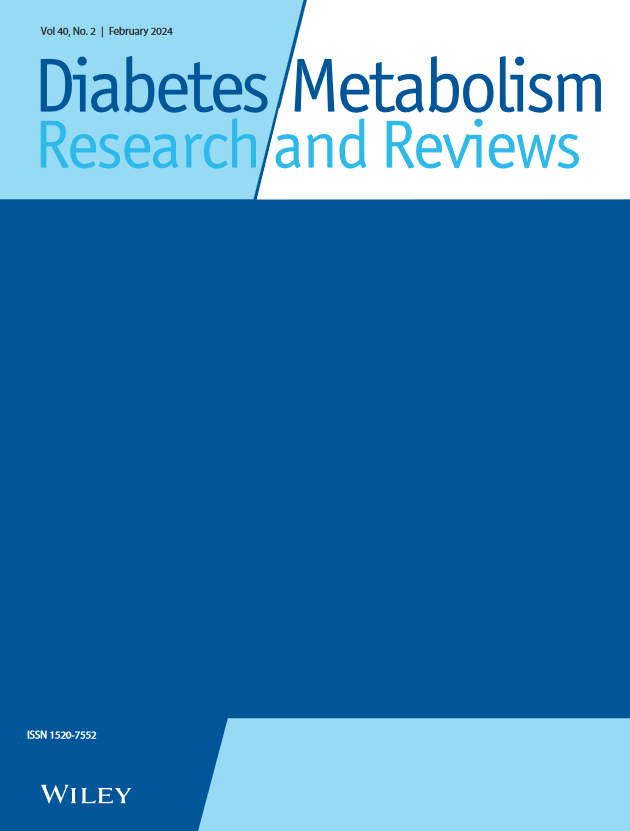Association of Sudomotor Dysfunction With Risk of Subclinical Carotid Atherosclerosis in Patients With Type 2 Diabetes
Abstract
Objective
Previous studies suggested that sudomotor dysfunction is closely related to multiple diabetic microvascular complications. We aimed to investigate the association between sudomotor dysfunction and subclinical carotid atherosclerosis (SCAS) in people with type 2 diabetes.
Methods
A total of 1788 participants were included in this cross-sectional study. Sudomotor function was assessed using the SUDOSCAN device, and sudomotor dysfunction was defined as feet electrochemical skin conductance (FESC) < 60 μs. The carotid artery was evaluated by high-resolution B-mode ultrasonography. SCAS was defined as mean carotid intima-media thickness ≥ 1.0 mm and/or the presence of carotid plaque. A logistic regression model was used to evaluate the relationship between sudomotor dysfunction and the risk of SCAS.
Results
Among the enrolled 1788 participants, 1094 (61.2%) were male. The median age was 60.0 (51.0–66.0) years, and the median glycated haemoglobin (HbA1c) level was 8.3% (7.1%–9.9%). Four hundred twenty-nine individuals had sudomotor dysfunction, equivalent to 24.0% of all subjects. Compared to people with normal sudomotor function, those with sudomotor dysfunction had a significantly higher prevalence of SCAS (68.1% vs. 58.3%, p < 0.05). Meanwhile, we found that people with SCAS had a lower median FESC level (76.8 μs vs. 74.4 μs) (p = 0.003) and a higher proportion of abnormal sudomotor function (26.9% vs. 19.5%) (p < 0.001). After adjusting for confounding factors including HbA1c, sudomotor dysfunction was significantly associated with the risk of SCAS (odd ratio [OR] = 1.48, 95%CI 1.13–1.95). Furthermore, When FESC was considered as a continuous variable, the multivariable-adjusted OR of SCAS was 1.17 (95%CI 1.04–1.32) for per 1-SD decrease in FESC.
Conclusions
Sudomotor dysfunction was significantly related to SCAS in people with type 2 diabetes.

 求助内容:
求助内容: 应助结果提醒方式:
应助结果提醒方式:


